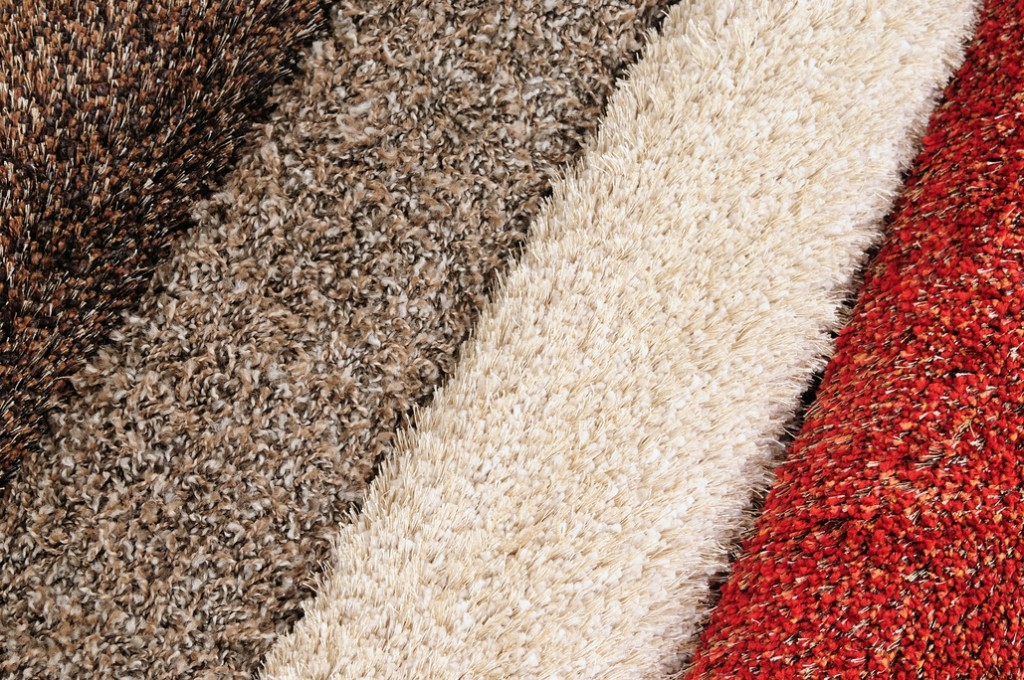If your carpet has become the victim of flooding, or even a very large water spill, you’ll want to take steps to ensure the carpet can be saved. Mold can begin to grow within a wet carpet no matter how big the wet area may be, and because carpeting isn’t exactly a breeze to replace, you’ll want to dry out wet carpeting as quickly as possible.

Drying wet spots of carpet
If only a portion of your carpet has been affected by water, you can begin the drying process by spreading some towels over the wet area. Walk up and down on the towels to help them pick up as much water as possible. When the towels are saturated, take them away and place dry towels over the wet area, and repeat this process until the carpet is dry.
Next, you’ll need to use a wet vacuum to lift the remaining water out of the carpet. Do not use a regular household vacuum, which can malfunction when used on wet carpets. Run the wet vacuum over the wet area until you stop picking up water.
Last, you’ll want to utilize evaporation to get the last remnants of moisture out of the carpet. You can use fans, hairdryers, and dehumidifiers to encourage the last bits of water in the carpet to evaporate. Keep all the appliances pointed towards the affected area until the water dries up. After all of your efforts, check underneath the carpet to make sure the floor and carpet padding are dry as well.
Drying wall-to-wall carpeting
If your wall-to-wall carpeting has been drenched, you’ll have a larger project on your hands. Start by moving all furniture off the wet carpet. Doing so will make it easier to lift up the carpet to check the padding and floor beneath. What’s more, leaving furniture on a wet carpet can damage both the floor and the furniture.
You’ll then need a wet vacuum to remove the water. Keep running the wet vacuum over the carpet until it no longer picks up water. You can also try renting a hot water extraction unit, which sucks the water out of the carpet.
After you’ve removed the water on the top of the carpet, you’ll need to check how much water remains beneath the carpet, and get rid of it to prevent the floor from buckling. If you hear a squishing sound when you walk across the carpet, there’s still water beneath it.
If that’s the case, you’ll need to raise the carpet off the floor. Use pliers and work gloves to separate the carpet from the padding and floor, and avoid cutting the carpet, which will make it difficult to put together again appealingly after the drying job is complete. Once you’ve achieved separation between the carpet and padding, you’ll need to blow air between them. Using a dehumidifier in a closed off room will quickly pull out the water. Alternatively, you can use a fan to blow air under the carpet. While doing this, turn up the heat and open the windows to help speed up the drying process.
Drying a carpet can be a big job, especially if a large area has been affected by water. If you have an extensive case of flooding, it’s best to call in a professional cleaner who has the know-how and the specialized equipment necessary to save as much of the carpet, padding, and floor as possible. Time is of the essence when your carpets are flooded as it encourages the growth of mildew and mold, and if you are overwhelmed, contact us right away to clean your carpets.

